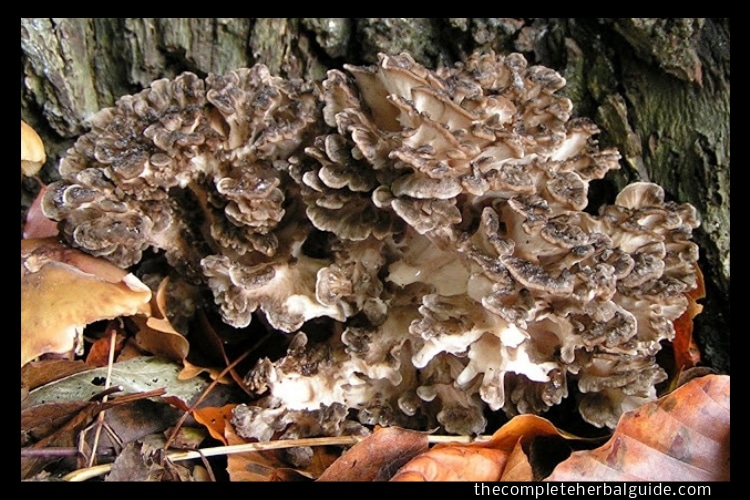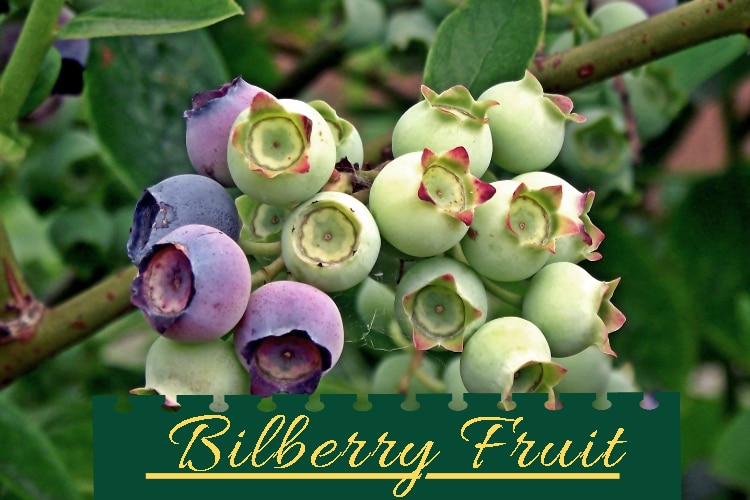
Natural Version of Aspirin – Queen of the Meadow
Table of Contents
Did you know..?
Queen of the Meadow is the natural version of aspirin without the digestive upsets and bleeding that may accompany the synthetic product. It is even said to soothe digestive upsets, as well as the pains and aches of inflammatory ailments.
Plant Description:
Queen of the meadow is home-grown to central and E Asia, where most of the popular ornamental species come from such as the bridal wreath (S. x prunifolia), native to Japan, and its similar hybrid S. vanhouttei. In these species, the fragrant, spire-like flower clusters typical of the genus are borne on long, arching branches.
Queen of the Meadow native to North America includes the hardhack, or steeplebush (S. tomentosa), a local source of astringent and tonic, and the meadowsweets (several species). The name meadowsweet is also applied to the related genus Filipendula, tall, hardy perennials (also often cultivated) formerly classified as Spiraea because of the similar showy blossoms. Filipendula includes the Eurasian dropwort (F. hexapetala), the queen of the meadow (F. ulmaria), now naturalized in the United States, and the North American queen of the prairie (F. rubra). Spiraeas are classified in the division Magnoliophyta, class Magnoliopsida, order Rosales, family Rosaceae.
History:
Queen of the Meadow (not to be confused with Boneset/Eupatorium purfoliatum or Gravel Root/Eupatorium purpureum, two entirely different herbs that are frequently also called Queen of the Meadow and have different properties and applications) is a stout perennial wildflower that thrives in the rich, wet soils of marshes, bogs, ditches, damp meadows, and moist woods in the sun or partial shade. The plant, with its fernlike foliage, pinnate leaves, and fragrant, creamy-white flower clusters, dislikes acid soil and grows up to six feet tall with a creeping, underground root. Queen of the Meadow was introduced to North America from Europe and now grows wild throughout eastern Canada and the United States.
One of Queen of the Meadow’s common names, Meadowsweet, is derived from its older name, meadsweet, which, like meadwort (its oldest English name from Anglo-Saxon times), refers to the plant’s use as a flavoring for mead, a honeyed liquor. Its botanical specific, ulmaria, is derived from the Latin, Ulmus, meaning “elm,” referring to the resemblance of Queen of the Meadow’s leaves to those of the elm tree. Queen of the Meadow was one of the three most sacred herbs of the Druids, the others being water mint and vervain, and in medieval Europe, the fragrant plant was considered an important strewing herb.
The sweet fragrance of the plant made it a favorite of Queen Elizabeth I, who favored the herb above all others as the strewing herb on the floors of her chambers. Queen of the Meadow is an astringent, aromatic herb, and the entire plant and flowers are used in herbal medicine. In 1653, the pharmacist, Nicholas Culpepper, noted the use of the herb as a remedy for fevers, colds, and flu. Queen of the Meadow (like Willow Bark) is the mother of aspirin. From these herbs, salicylic acid was first isolated in 1838, and the salicylates are the basis of the herbs’ reputation as a reliable remedy. Some sixty years thereafter, the pharmaceutical company Bayer produced acetylsalicylate, a synthetic substance with the same properties as its natural forerunners. They called it aspirin, referring to Queen of the Meadow’s oldest botanical name, Spiraea ulmaria.
Medical Uses:
Herbalists consider the plant to be one of the best remedies for digestive upsets, and the salicylic acid content is a longtime favorite for the symptoms of cold, flu, headaches, and rheumatic pains and aches. The leaves and flowers have a wonderful fragrance (and pleasant taste, too), and they are often included in potpourris. The whole plant yields a greenish-yellow dye, and the roots produce a black dye.
Some of the constituents in Queen of the Meadow include…
- Salicylic acid
- Flavonoids (quercetin, rutin)
- Tannins, mucilage
- Anthocyanidin
- Avicularin
- Coumarin
- Essential oil (methyl-salicylate, hyperoside)
- Salicin
- Vanillin
- Glycoside
- Citric Acid (vitamin C).
Treatments:
- Probably the most famous use of Queen of the Meadow is for its aspirin-like qualities. The salicylic acid content provides natural relief for colds, flu, fevers, and headaches. It is a great overall pain reliever.
- Queen of the Meadow’s anti-inflammatory qualities help to soothe and reduce inflammation and are beneficial for the relief of rheumatic pains and the pain of arthritis, aching joints, and muscle cramps.
- Some herbalists regard Queen of the Meadow as the best plant remedy for hyperacidity and heartburn. It is an antacid herb that heals and soothes the digestive tract and strengthens and tones the system. It also helps to control peptic ulcers and gastritis. Unlike synthetic aspirin, Queen of the Meadow offsets the acidic effects of salicylic acid. Long use of aspirin can lead to gastric ulceration and bleeding, but Queen of the Meadow does not produce these side effects and is actually a gentle digestive remedy for acidity.
- Queen of the Meadow promotes sweating, and as such, helps to reduce fevers and clear the body of toxins through the skin.
- As an antiseptic, Queen of the Meadow is said to be effective against organisms that cause diphtheria, dysentery, and pneumonia.
- Queen of the Meadow is an astringent that tightens and tones tissues. The tannins in the herb help to treat diarrhea.
- As a mild diuretic, Queen of the Meadow promotes the flow of urine and is beneficial for the elimination of excess fluid in the system. It is said to be helpful in cases of certain urinary infections and cystitis.
- Used externally, Queen of the Meadow has been used as a compress for rheumatic pains, neuralgia, and sore, aching joints and muscles. It has also been used as a cooling eyewash that relieves conjunctivitis and other eye complaints.






